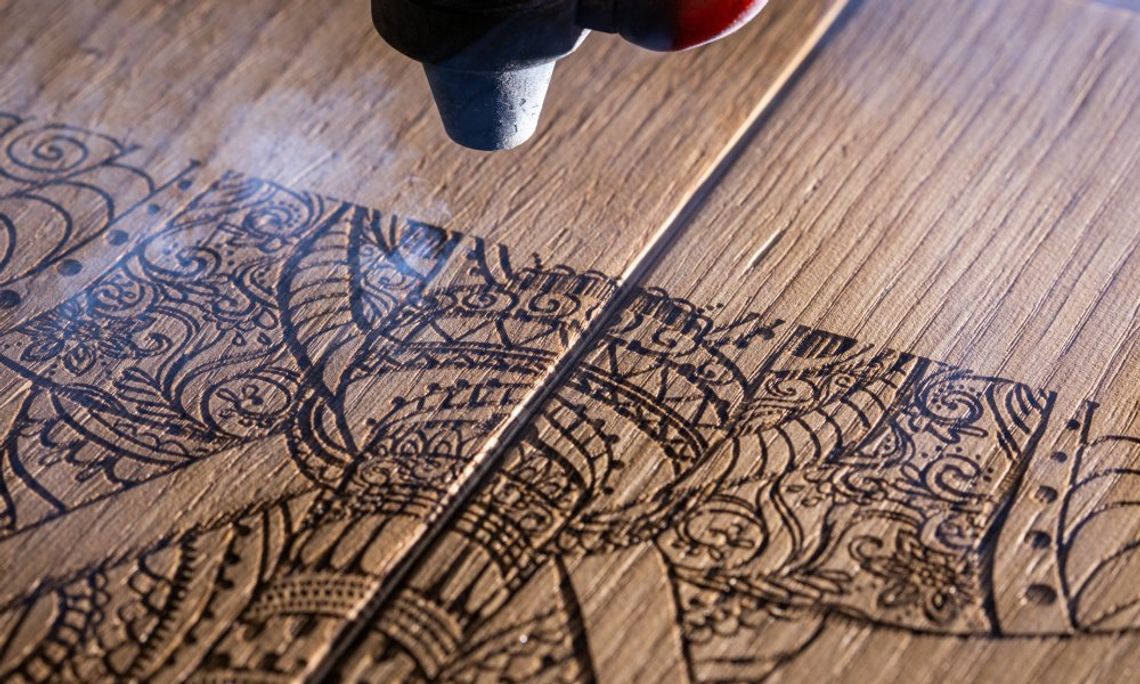Laser engraving is becoming more popular in various industries, from personalized gifts to industrial applications. This technique offers precision and creativity, making it a go-to choice for many enthusiasts and professionals. If you’re looking to start a laser engraving project, knowing the best material to use is essential. Here’s a guide to help you decide.
What To Consider When Selecting a Material
Before choosing your material, think about durability and resistance. These factors determine how well your product will withstand wear and tear. Aesthetics and finishes also play a significant role, as they affect the final look of your project. Consider cost and availability to ensure your chosen material fits your budget and is easily accessible.
Wood
Wood is one of the most commonly used materials for laser engraving. It’s versatile and offers a warm, rustic finish that many find appealing. Different types of wood, such as maple, cherry, or walnut, can provide varied results. However, wood can burn easily, so adjusting your laser settings is important. It’s perfect for creating intricate designs on furniture or custom signage.
Acrylic
Acrylic is another favorite due to its smooth surface and vibrant color options. It’s an excellent choice for projects requiring a glass-like effect without the fragility. Acrylic sheets come in various thicknesses, allowing flexibility in design. This material works well for awards, promotional items, or decorative pieces. Be mindful of fumes; adequate ventilation is necessary when working with acrylic.
Glass
Engraving on glass produces an elegant, frosted appearance that’s highly sought after for gifts or corporate memorabilia. Whether it’s a wine glass or a mirror, laser engraving can add personalization that stands out. However, glass is fragile, so handle it with care during the process to prevent cracks or breaks.
Metal
Metal engraving offers a polished and professional look for industrial applications or high-end products. You can laser mark metals like aluminum, stainless steel, and brass to create durable, long-lasting designs. The precision of laser engraving on metal makes it an excellent choice for branding, serial numbers, or barcodes.
Tips for Optimizing Your Laser Engraving Process
Choose your material wisely and adjust your laser settings accordingly because there are materials you should never laser mark. Always test on a small piece before starting your main project. Ensure you work in a well-ventilated workspace, especially when working with materials that emit fumes. Regularly clean your laser machine to maintain its performance.
Laser engraving opens up endless possibilities for creativity and precision. Now that you know which material is best for your laser engraving project, don’t hesitate to experiment with different ones. You may discover new techniques and finishes that elevate your projects to the next level. Happy engraving!


Comment
Comments